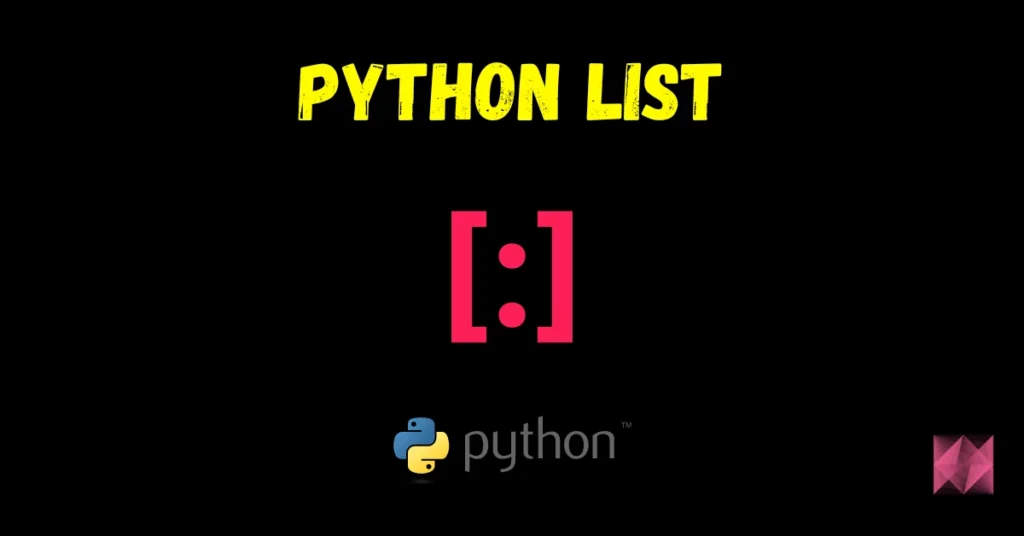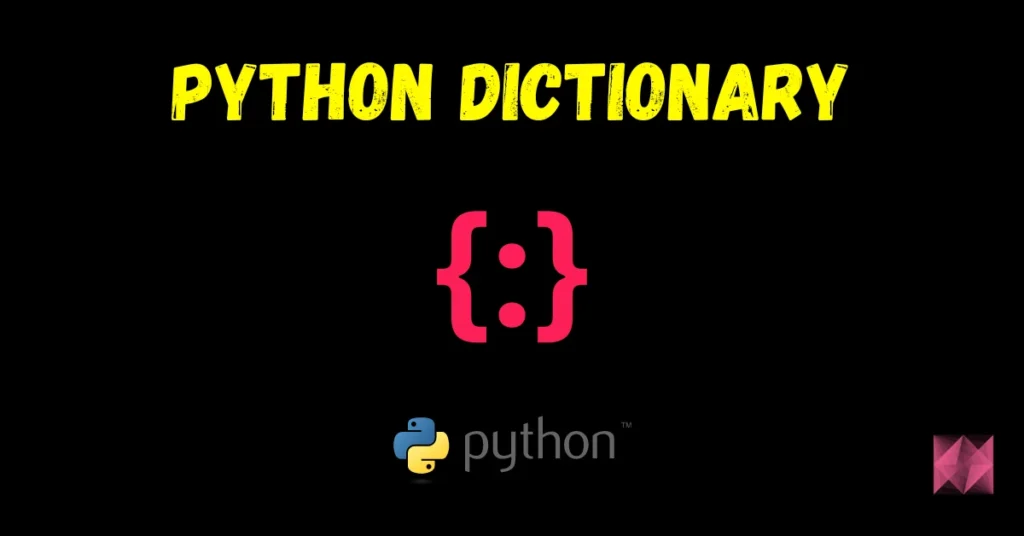Hey, guys in this blog we will see various Python Reverse String Programs. We will see the loop implementation to reverse the string, a recursive way to reverse the string, and a built-in method to reverse the string.
Reversing a string is a common programming task that arises in various scenarios. Whether you’re a beginner or an experienced developer, understanding how to reverse a string in Python is a valuable skill. In this article, we will explore different techniques to reverse a string efficiently.
This is going to be a very interesting blog, so without any further due, let’s do it…
Python Reverse String Program using Loop

Here’s a simple Python program that reverses a string:
def reverse_string(input_string):
reversed_string = ""
for char in input_string:
reversed_string = char + reversed_string
return reversed_string
# Example usage
string_to_reverse = "Hello, World!"
reversed_string = reverse_string(string_to_reverse)
print(reversed_string)
Output
!dlroW ,olleH
In this program, the reverse_string function takes an input string and iterates over each character in reverse order. It builds a new string called reversed_string by concatenating each character to the beginning of the existing reversed string. Finally, it returns the reversed string.
In the example usage, we create a variable string_to_reverse with the value “Hello, World!”. We then call the reverse_string function with this string and store the result in reversed_string. Finally, we print the reversed string, which in this case will be “!dlroW ,olleH”.
Python Reverse String Program using Recursion
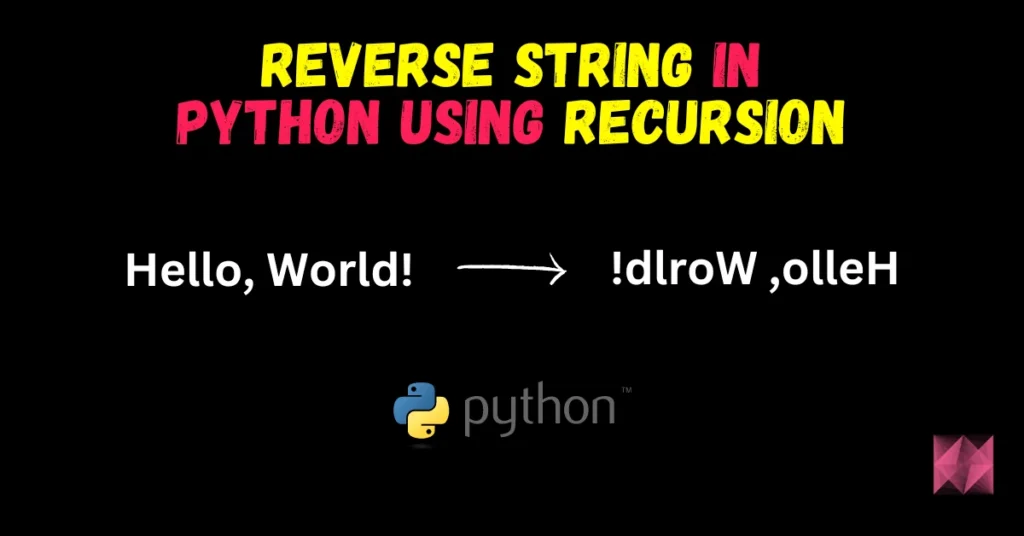
Here’s a Python program that reverses a string using recursion:
def reverse_string(input_string):
if len(input_string) == 0:
return input_string
else:
return reverse_string(input_string[1:]) + input_string[0]
# Example usage
string_to_reverse = "Hello, World!"
reversed_string = reverse_string(string_to_reverse)
print(reversed_string)
Output
!dlroW ,olleH
In this program, the reverse_string function is defined recursively. It checks if the length of the input string is zero. If it is, it means we have reached the base case, and we return the empty string.
If the length is not zero, we make a recursive call to reverse_string with the substring starting from the second character (index 1) until the end of the string. Then we concatenate the first character (index 0) of the input string to the result of the recursive call.
The recursion continues until the length of the string becomes zero, at which point the recursive calls start returning and building the reversed string from the end to the beginning.
In the example usage, we create a variable string_to_reverse with the value “Hello, World!”. We then call the reverse_string function with this string and store the result in reversed_string. Finally, we print the reversed string, which in this case will be “!dlroW ,olleH”.
Python Reverse String Program using Built-in methods
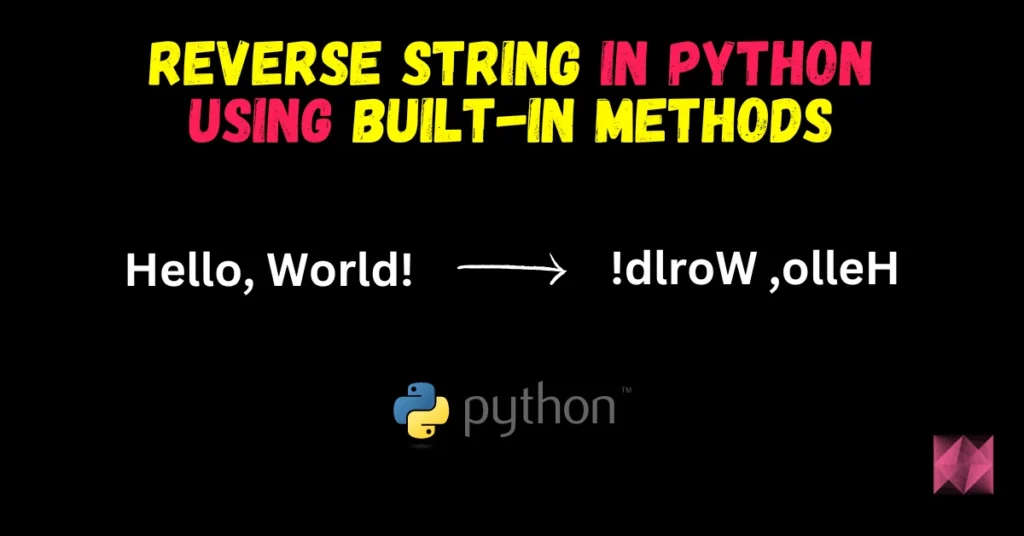
You can also reverse a string in Python using built-in methods. Here’s an example:
def reverse_string(input_string):
return input_string[::-1]
# Example usage
string_to_reverse = "Hello, World!"
reversed_string = reverse_string(string_to_reverse)
print(reversed_string)
Output
!dlroW ,olleH
In this program, the reverse_string function takes an input string and uses the slicing operator [::-1] to reverse the string. The [::-1] slice notation creates a new string by traversing the input string in reverse order.
In the example usage, we create a variable string_to_reverse with the value “Hello, World!”. We then call the reverse_string function with this string and store the result in reversed_string. Finally, we print the reversed string, which in this case will be “!dlroW ,olleH”.
Using the built-in slicing operator [::-1] is a concise and efficient way to reverse a string in Python.
Conclusion
In this article, we explored different techniques to reverse a string in Python. We covered the traditional loop-based approach, the elegant recursive solution, and the built-in method using string slicing. Each technique has its strengths, so choose the one that suits your specific needs based on performance requirements and code readability.
Check out our other Python programming examples
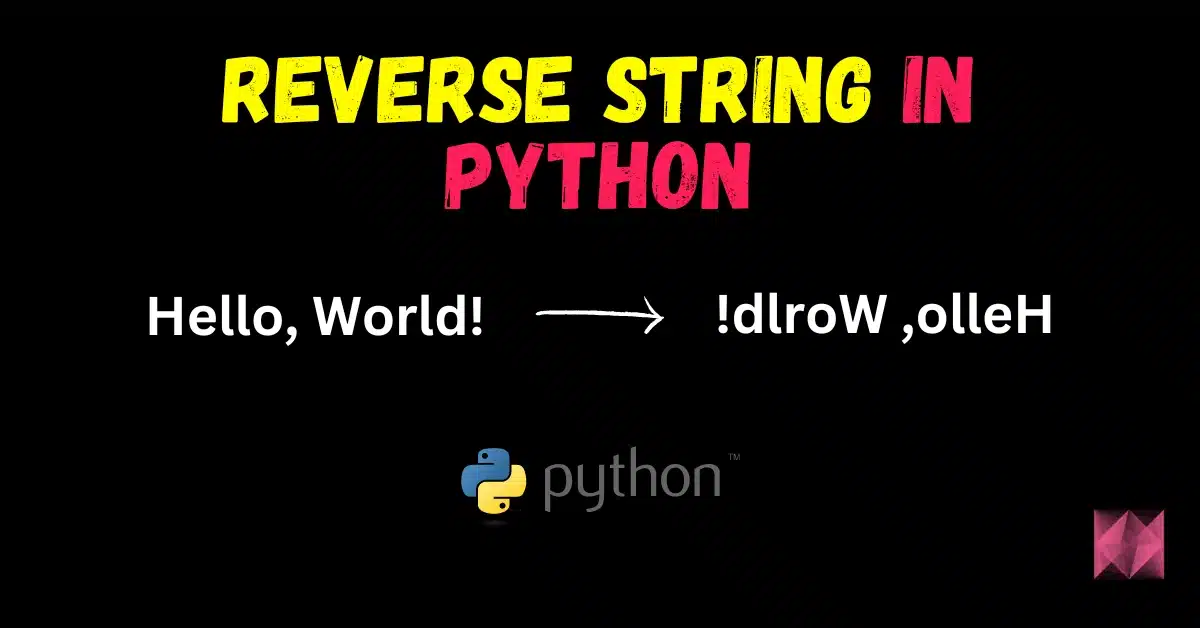


![[Latest] Python for Loops with Examples – Easiest Tutorial – 2025](https://machinelearningprojects.net/wp-content/uploads/2023/05/python-for-loops-1-1024x536.webp)
